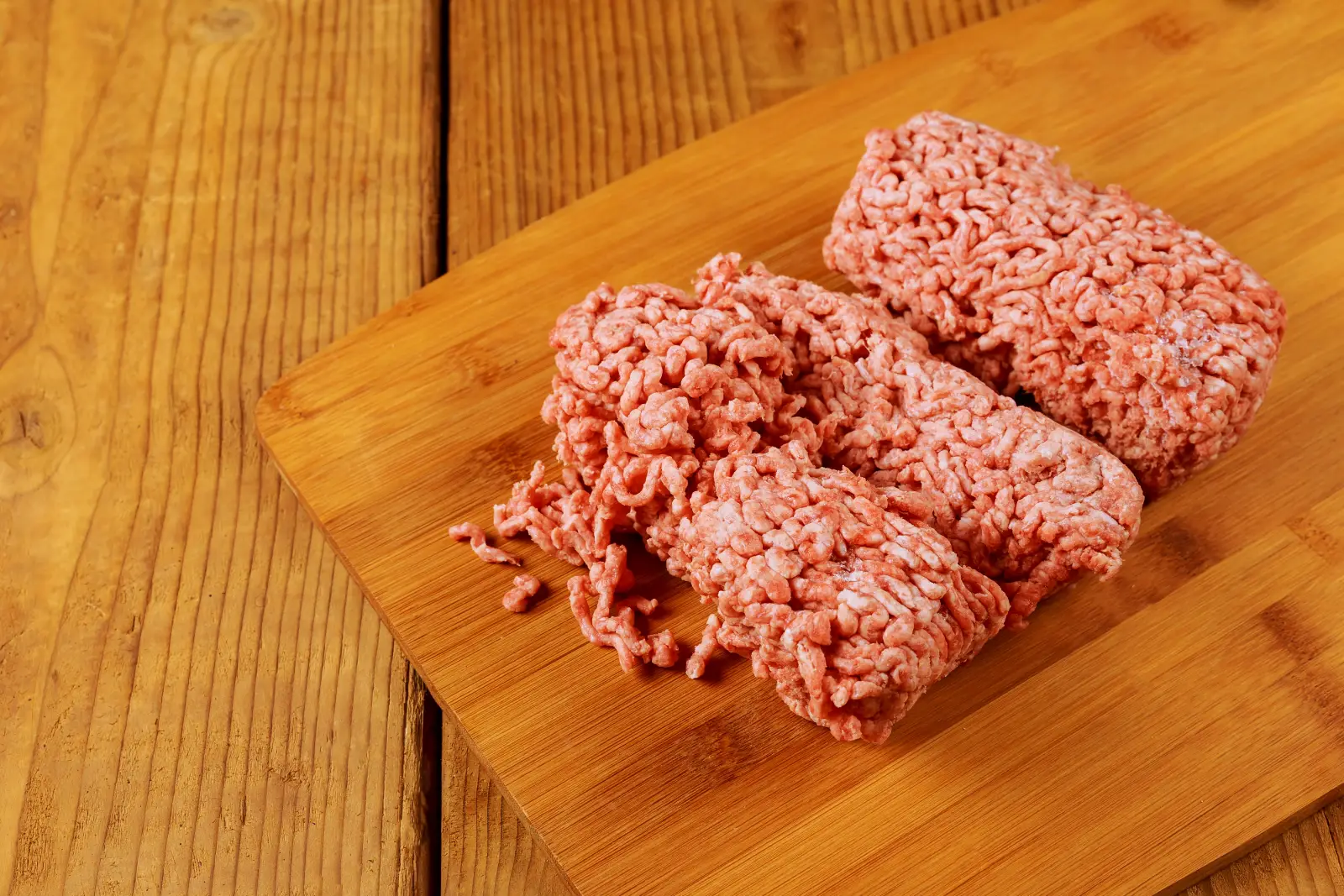Meat stuffing, a culinary marvel cherished in various cultures, has a rich history and diverse applications. From traditional recipes passed down through generations to modern, innovative approaches, the art of creating delectable meat stuffing has evolved over time.
1. Introduction
Meat stuffing, a delightful concoction of various ingredients, plays a pivotal role in enhancing the flavors of many dishes. Whether it’s tucked inside a Thanksgiving turkey or elegantly rolled into a gourmet dish, the composition of meat stuffing varies widely based on cultural preferences and culinary creativity.
A. Brief explanation of meat stuffing:
Meat stuffing, a culinary technique that has been employed across various cultures and cuisines, involves filling a food item, often a protein source like poultry or vegetables, with a flavorful mixture of seasoned meats, herbs, spices, and other ingredients. This process enhances the overall taste and texture of the dish, creating a harmonious blend of flavors.
In the context of meat stuffing, the stuffing mixture typically consists of minced or ground meat, such as beef, pork, chicken, or a combination of these, mixed with complementary ingredients like breadcrumbs, rice, vegetables, fruits, and seasonings. The preparation can vary widely, offering a versatile canvas for culinary creativity.
B. Importance in culinary traditions:
Meat stuffing holds significant importance in culinary traditions around the world, playing a crucial role in defining the character and uniqueness of various dishes. It serves as a means of infusing additional flavors into a meal, contributing to the overall complexity and richness of the culinary experience.
In many cultures, meat stuffing has become a cherished and time-honored practice, deeply rooted in both everyday cooking and festive occasions. Stuffed dishes, such as stuffed peppers, grape leaves, or roast poultry, are often associated with celebratory feasts, symbolizing abundance and hospitality.
Moreover, meat stuffing allows for resourcefulness in the kitchen, as it provides an opportunity to use leftover ingredients creatively, minimizing waste. The technique of stuffing not only adds layers of taste but also contributes to the textural diversity within a single dish, making it a culinary art form appreciated by both chefs and home cooks alike.
In essence, the art of meat stuffing reflects the cultural richness and innovation present in global culinary traditions, showcasing the ability of food to bring people together through shared flavors and traditions.
2. History of Meat Stuffing
3. Common Ingredients
A. Variety of meats used:
-
Beef: Ground beef is a popular choice for meat stuffing, bringing a hearty and robust flavor to the mixture. It’s commonly used in dishes like stuffed bell peppers and cabbage rolls.
-
Pork: Ground pork is prized for its rich and slightly sweet taste, making it a frequent inclusion in stuffing recipes. Sausage, a seasoned and ground pork product, is also widely used for its flavor contribution.
-
Chicken: Ground chicken or finely minced chicken meat is a leaner option that works well in stuffing for poultry, dumplings, or various Asian-inspired dishes.
-
Turkey: Ground turkey is a lean alternative to beef or pork and is often used in stuffing for its mild flavor. Whole roasted turkeys are commonly stuffed with a mixture of breadcrumbs, herbs, and spices during holiday feasts.
-
Lamb: In certain Mediterranean and Middle Eastern dishes, ground lamb adds a distinctive and savory taste to stuffing mixtures, contributing to a unique regional flavor profile.
B. Additional components for flavor:
-
Breadcrumbs: Breadcrumbs serve as a binding agent in meat stuffing while providing a pleasant texture. They also absorb and enhance the flavors of the other ingredients.
-
Rice: Rice is a common ingredient in many stuffing recipes, particularly in Asian, Middle Eastern, and Mediterranean cuisines. It adds volume and a satisfying texture to the stuffing mixture.
-
Herbs and Spices: Aromatic herbs such as parsley, thyme, rosemary, sage, and spices like garlic, cumin, paprika, and nutmeg are essential for imparting depth and complexity to the flavor profile of meat stuffing.
-
Vegetables: Onions, celery, and carrots are often used to add sweetness and texture to the stuffing. In some recipes, bell peppers, mushrooms, or tomatoes may also be incorporated for additional flavor and moisture.
-
Dried Fruits: Ingredients like raisins, currants, or chopped dried apricots contribute a touch of sweetness and a burst of flavor to certain stuffing recipes, particularly those influenced by Middle Eastern or Mediterranean cuisines.
-
Broth or Stock: Liquid components like chicken or vegetable broth are added to keep the stuffing moist during cooking, infusing the mixture with savory flavors and preventing it from becoming dry.
The combination of these diverse ingredients allows for a wide range of meat stuffing variations, each with its own unique taste profile influenced by cultural traditions and personal preferences.

1 thought on “What is meat stuffing made of?”